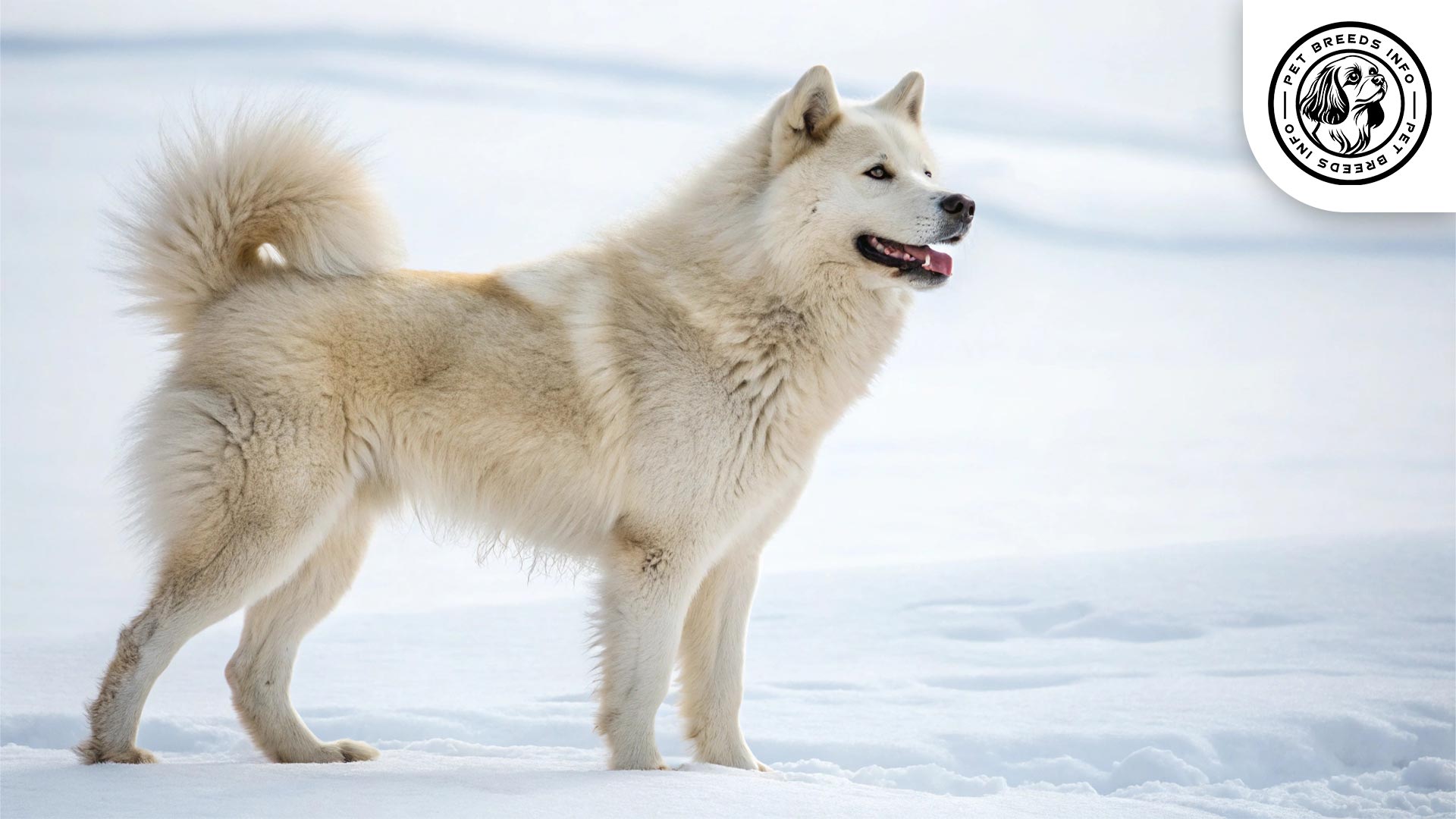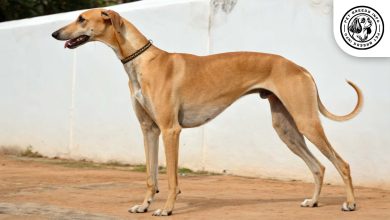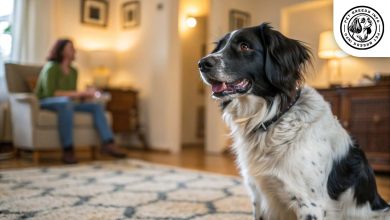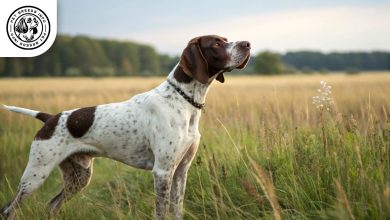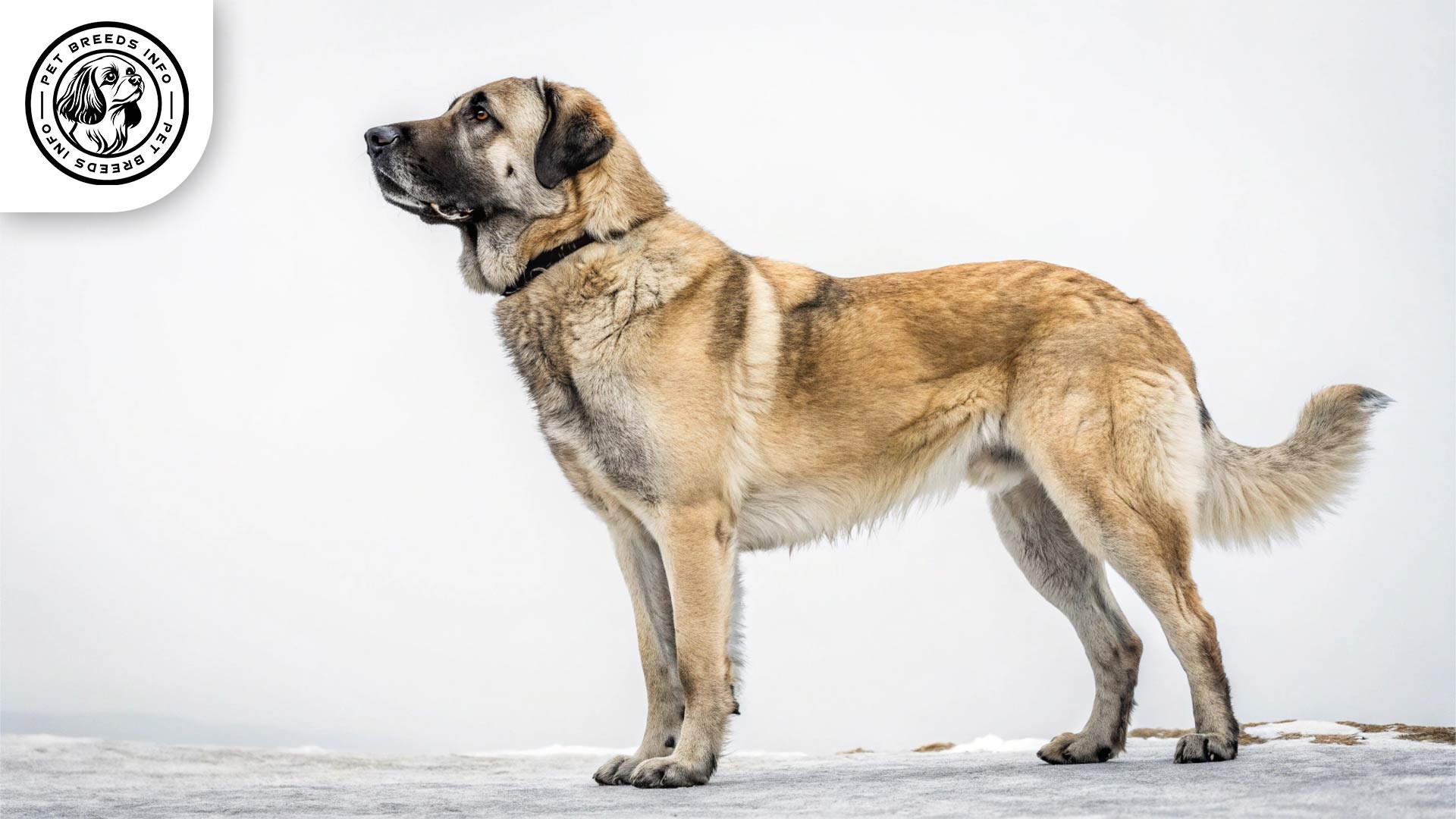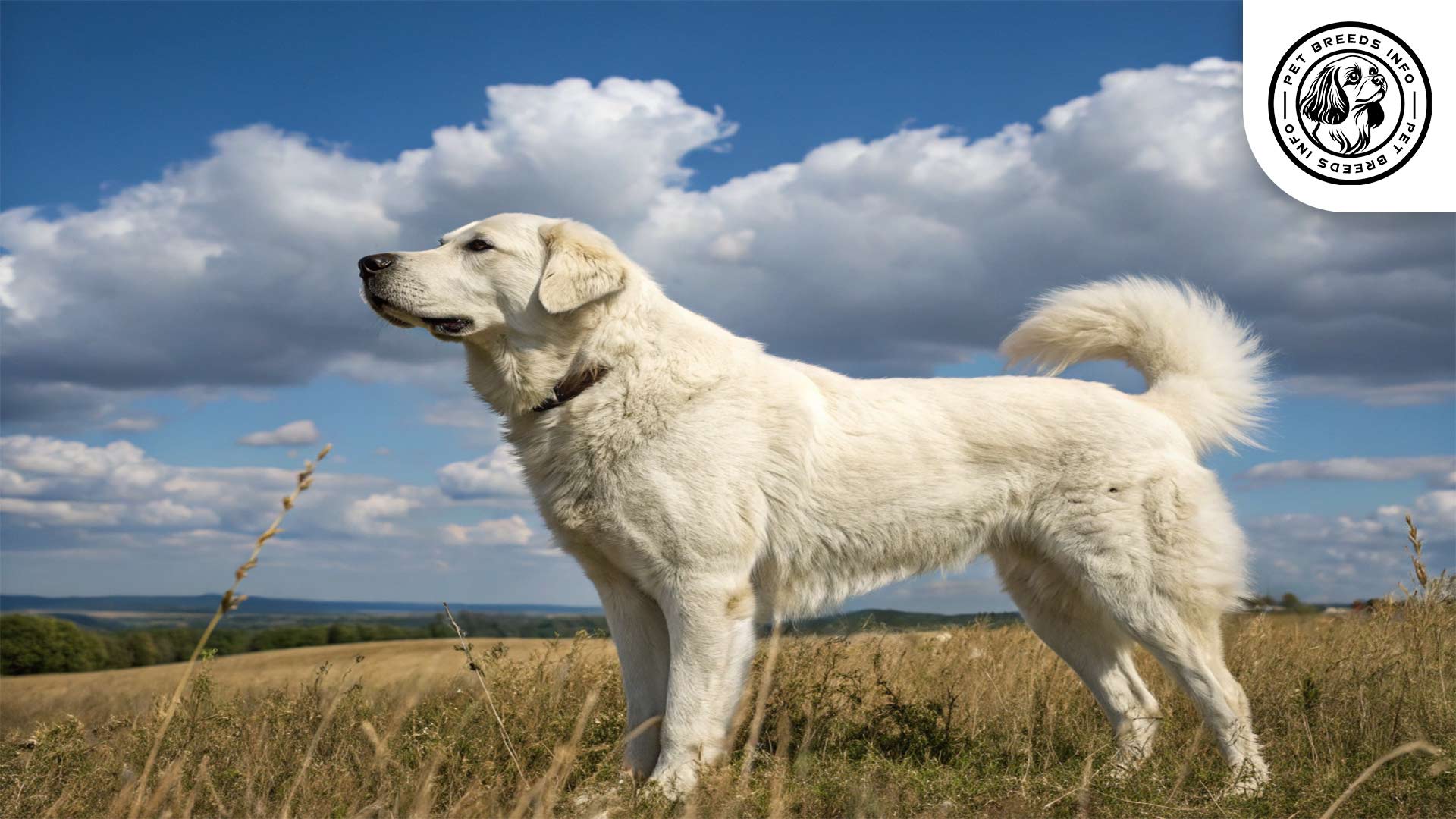Canadian Eskimo Dog Breed: Size, Price & Personality
General Introduction of the Breed
The Canadian Eskimo Dog, also known as the “Qimmiq” in Inuit language, is an ancient and powerful working dog bred for Arctic conditions. Its origins trace back over a thousand years to the indigenous people of the Canadian Arctic, who relied on them for sled-pulling, hunting, and companionship. This breed played a significant role in Arctic exploration and survival in extreme climates.
Table of Contents
| Weight | 40-88 lbs |
| Lifespan | 10-15 years |
| Diet | High-protein, high-fat diet, raw or kibble |
| Care | Requires daily exercise, heavy shedder, regular brushing, cool space in warm weather |
| Health | Prone to hip dysplasia, arthritis, and overheating |
| Color | White, black, red, gray, mixed |
| Nature | Loyal, strong-willed, energetic, independent |
| Price | $1,000 – $3,500 |
Physical Characteristics
The Canadian Eskimo Dog is a medium to large-sized breed with a strong, muscular build. Males typically weigh between 30-40 kg (66-88 lbs) and stand about 58-70 cm (23-27 inches) tall. Females are slightly smaller, weighing between 18-30 kg (40-66 lbs) and standing 50-60 cm (20-24 inches) tall.
The breed has a thick, dense double coat that provides insulation against freezing temperatures. Coat colors vary and may include white, black, red, gray, or a mix of these shades.
The eyes are medium-sized, almond-shaped, and can be brown or amber in color. The ears are erect and triangular, allowing for efficient heat retention in cold weather. The tail is thick and bushy, often carried curled over the back. One of its distinguishing physical traits is its powerful frame and large, well-padded paws built for traversing snow-covered landscapes.
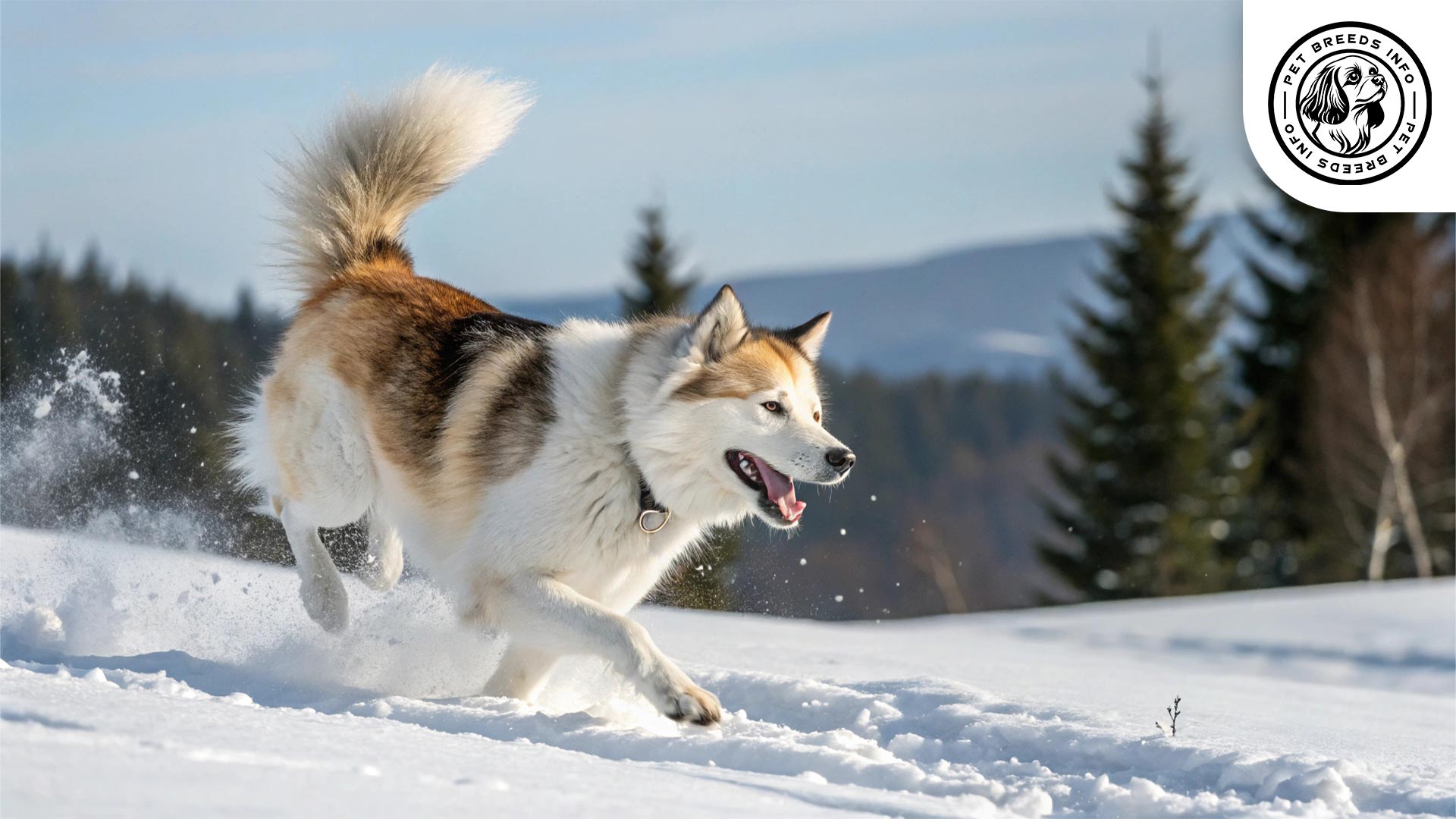
Personality and Temperament
The Canadian Eskimo Dog is intelligent but can be independent and strong-willed, requiring an experienced handler. It is a highly energetic breed that thrives on physical activity and mental stimulation, making it best suited for active individuals or families.
This breed forms strong bonds with its owners and enjoys human companionship, though it tends to be reserved around strangers. While it is loyal and affectionate, it may not always be tolerant of small children or smaller pets due to its working instincts. It retains a strong prey drive, making early socialization essential. Being highly sensitive to environmental changes, this breed is best suited to cold climates.
Care and Maintenance Requirements
The Canadian Eskimo Dog requires a high level of daily exercise, including long walks, running, and mentally engaging activities. It is not well-suited for apartment living and does best in spacious environments where it can engage in physical work or play.
Grooming needs include regular brushing to manage shedding, especially during seasonal coat changes. This breed sheds heavily and requires frequent brushing to minimize loose fur. Bathing should be done sparingly to preserve the natural oils in its coat.
Due to its Arctic origins, this dog is highly resistant to cold but does not tolerate heat well. Owners must ensure it has a cool place in warmer climates and avoid excessive exercise during hot weather.
Read More: Bosnian Coarse-haired Hound Dog
General hygiene includes nail trimming, ear cleaning, and dental care. Checking for ice buildup between pads during winter months is essential.
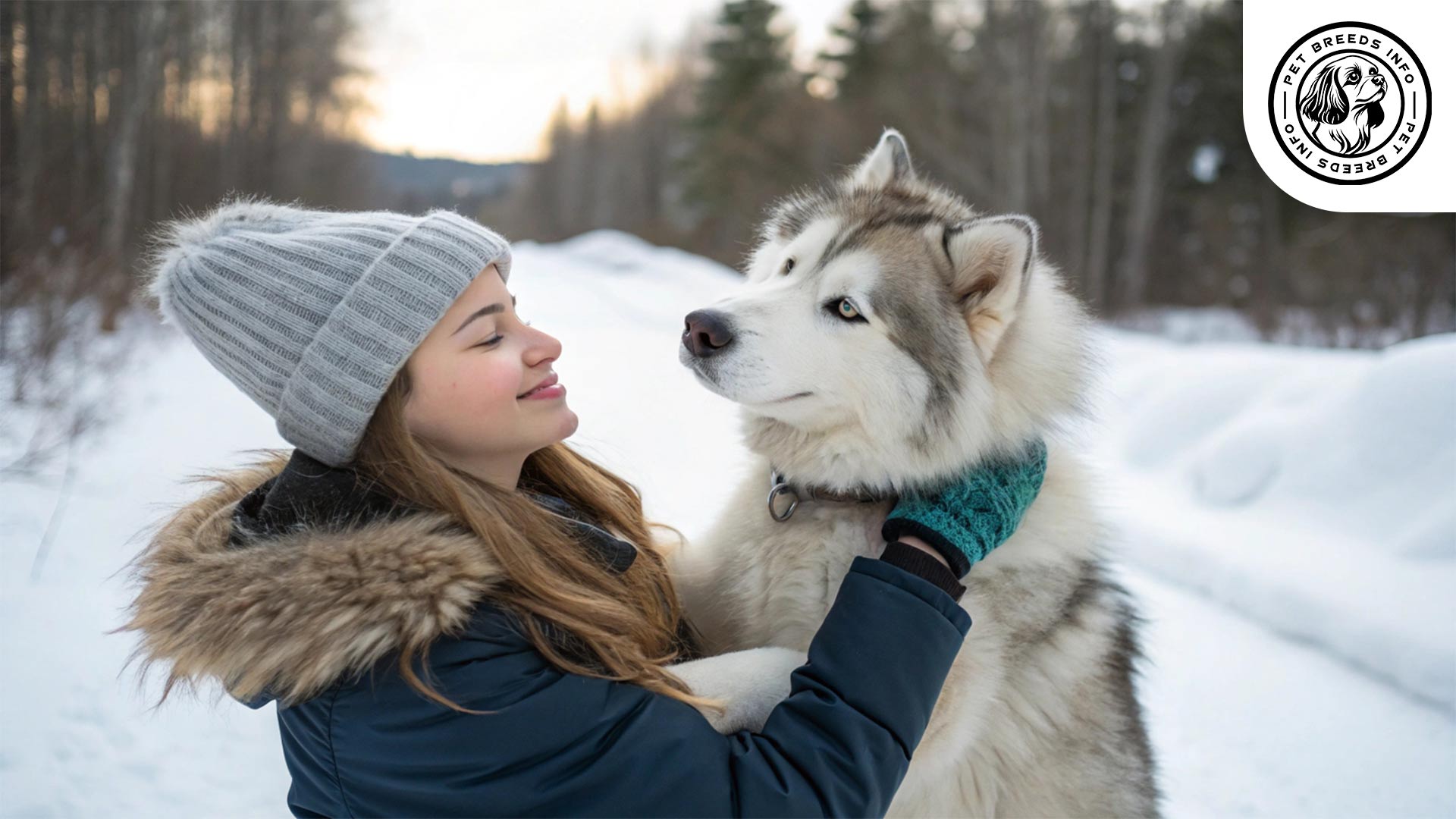
Diet and Nutrition
A high-protein, high-fat diet is recommended for this breed due to its energy demands. A mix of high-quality dry kibble, raw food, or a well-balanced natural diet is ideal.
Owners should avoid foods such as chocolate, onions, grapes, and excessive carbohydrates. Feeding should be split into two meals per day to avoid digestive issues.
Health and Common Medical Issues
Common health issues in this breed include hip dysplasia, arthritis, and gastric torsion. Due to its thick coat, it may be prone to overheating in warm environments.
The average lifespan of the Canadian Eskimo Dog is around 10-15 years with proper care, balanced nutrition, and regular veterinary check-ups.
Routine vaccinations and parasite prevention are necessary to ensure long-term health and well-being.
Training and Behavior Management
Training can be challenging as this breed has a strong independent nature. Consistent, firm, and positive reinforcement methods work best.
Read More: Estonian Hound Dog
Early socialization with people, other dogs, and different environments is highly recommended. Since it tends to be stubborn, owners should remain patient and establish clear leadership.
Obedience training and structured activities like sled-pulling can greatly benefit this breed.
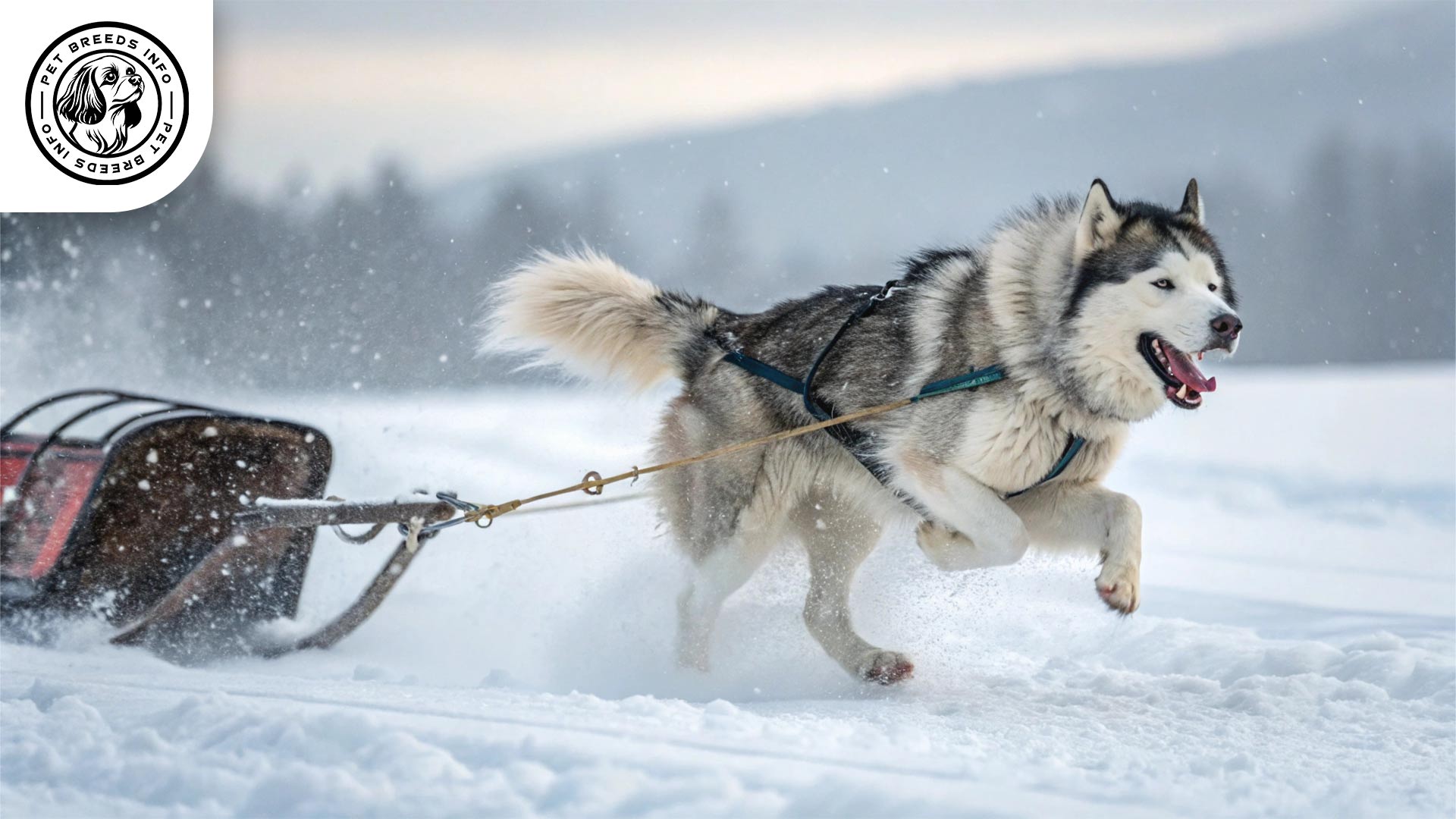
Interaction with Other Animals and Humans
The Canadian Eskimo Dog can be protective of its family, though it may not be highly sociable with strangers. Its dominant and working instincts may cause conflicts with other pets, especially small animals.
This breed is better suited for experienced owners or families who understand its high activity levels and socialization needs. While loyal, it has a level of independence that requires understanding from its owners.
Price and Availability
The price of a Canadian Eskimo Dog ranges from $1,000 to $3,500, depending on the breeder, lineage, and location.
Potential owners should seek reputable breeders or consider adoption from rescue organizations. Ethical breeding practices, proper health screening, and responsible ownership are crucial in preserving the breed.
Conclusion and Final Thoughts
The Canadian Eskimo Dog is a highly energetic and strong-willed breed that requires an experienced and active owner. It thrives in cold climates and performs best in homes with ample space for exercise.
While deeply loyal, this breed has strong working instincts that demand structured training and early socialization. Potential owners should consider its high energy levels, grooming needs, and exercise requirements before committing to ownership.
Read More: Taiwanese Dog
With the right environment, training, and dedication, the Canadian Eskimo Dog can be a loyal companion and an excellent working dog.
FAQ
Can this breed live in warm climates?
Not ideal. They are built for Arctic conditions and can struggle in hot weather.
Is the Canadian Eskimo Dog good for first-time owners?
No, this breed is best for experienced owners due to its independent and strong-willed nature.
How much exercise does a Canadian Eskimo Dog need?
A lot! They require daily long walks, running, and structured activities like sled-pulling.
How often should I groom a Canadian Eskimo Dog?
They shed heavily, especially seasonally, so regular brushing is required to manage their coat.
